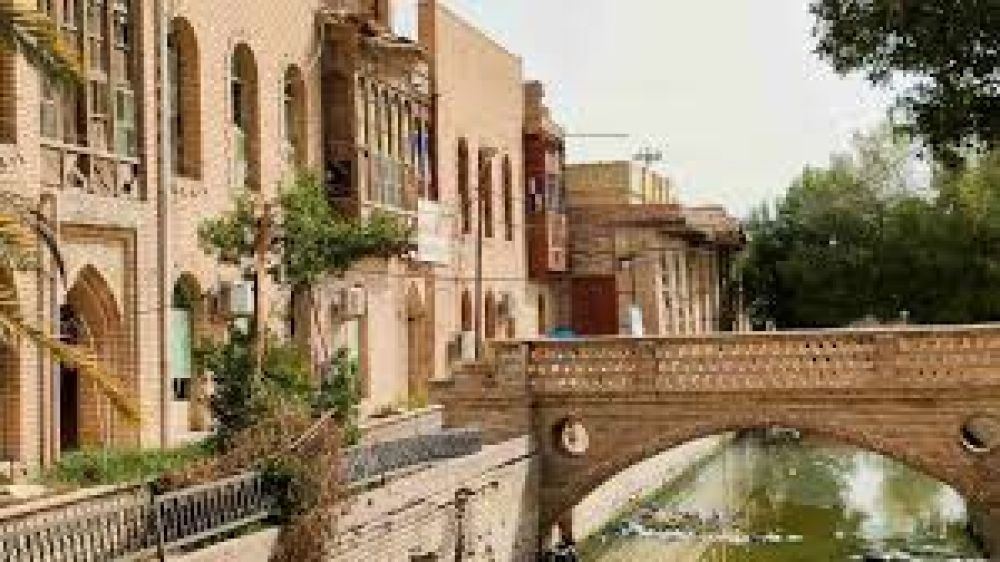

Basra, the second-largest city of Iraq, holds a rich tapestry of cultural and historical significance. Although sometimes overshadowed by conflict, Basra's unique charm, particularly in the Ashar and Shanasheel areas, has long been a point of interest for both local and international visitors. Tourism in Iraq, and Basra specifically, has fluctuated through the years, impacted heavily by the political and social climate. After periods of unrest, there has been a gradual resurgence in tourism, with visitors coming to explore the historical landmarks and architectural marvels of the old city.
Central to Basra's historical allure are the Ashar Creek and its famed Shanasheel – the distinctive projecting windows that have become synonymous with Iraqi architecture. The Ashar area was traditionally the commercial heart of Basra, bustling with traders from across the globe, significantly contributing to the cosmopolitan character of the city. The area's charm is epitomized by the Shanasheel structures, wooden latticed windows designed to keep the intense heat out while allowing for air circulation, illustrating the ingenuity of traditional Iraqi architecture.
In recent years, there has been an increased focus on the preservation and restoration of traditional Iraqi houses, particularly those featuring Shanasheel. These efforts have been instrumental in reigniting interest in Basra's architectural heritage. The restored buildings not only serve as a reminder of the city's prosperous past but also as attractions for tourists eager to connect with Iraq's history and culture.
The latest trends in tourism in Basra mirror the global shift towards cultural and experiential travel. Travelers are increasingly seeking authentic experiences that offer a deep understanding of local history, traditions, and lifestyles. In this regard, the old districts of Ashar and areas with prominent displays of Shanasheel stand as vibrant centers for cultural immersion.
Visitors to Ashar can enjoy a walk through its narrow lanes, a cruise along the creek, and an exploration of the nearby bazaars. Basking in the beauty of the overhanging Shanasheel, tourists can learn about the lifestyles of affluent Basra merchants of the past.
Moreover, the establishment of heritage hotels in some houses featuring Shanasheel offers tourists a unique opportunity to experience the grandeur of these historical edifices firsthand. Engaging with locals, participating in traditional crafts, and savoring local cuisine are additional draws for visitors seeking a genuine experience.
Despite the uptick in interest, tourism in Basra still faces challenges, primarily related to infrastructure and perceptions of safety. However, with continued investment and marketing efforts, Basra aims to reclaim its place as a vibrant and diverse destination for travelers. The timeless appeal of Ashar and the enchanting Shanasheel continue to stand as beacons of hope for the future of tourism in this storied city.
The Ashar and Shanasheel of Old Basra are more than just historical structures; they are living testimonies to Iraq's rich cultural heritage. As tourism evolves, so too does the appreciation for these architectural wonders, allowing them to serve as symbolic bridges connecting Iraq's storied past with a hopeful and prosperous future.